LEATHER BREAK IN INSTRUCTION AND LEATHER CARE FOR MTR CUSTOM LEATHER PRODUCTS
A Guide to our Product
Leather Holsters
And Accessories
MTRCUSTOMLEATHER.COM
5052 DOC HAYWORTH RD RAMSEUR, NC 27316
(336)879-2166 SALES@MTRCUSTOMLEATHER.COM
LEATHER BREAK-IN/FIT
MTR Custom Leather holsters/leather products are manufactured from only the premium materials and our technique molding is very accurate to specific firearms. When you receive your leather product from MTR it may appear to fit close-fitting at first, but this by design. MTR engineer our product to fit snug knowing that the leather filaments will relax and give to the proper fit with use.
UNLOAD YOUR FIREARM before testing holster fit.
If the holster/magazine has tension screws: Since the tension components are not pre-set at the factory, you may need to adjust them to the holster your firearm or magazine the first time. We recommend that you check your tension screw adjustment before each use. There is no reason to completely remove the tension components. Do not use Loctite or any other form of Loctite on the tension components. Nevertheless, you can apply a single drop of clear nail polish to your tension screw threads, this may reduce loosening.
If the fit is too tight when holstering your firearm/magazine the first time, than don’t force it. If you do force the firearm/magazine into the leather, it may be very difficult to draw/remove. Instead, please follow these 6 simple steps to break in your new leather.
- Place the UNLOADED firearm or magazine in a plastic freezer bag, or 2-3 layers of clear plastic wrap. Do NOT cover the grip.
- Insert the bagged/wrapped firearm/magazine gradually into the leather, lightly twisting it side to side to minimize tearing of the bag/wrap.
- Once the firearm/magazine is completely seated in the leather, twist it about 1/16” in both directions 7-13 times.
- Allow the bagged/wrapped forearm/magazine to sit in the leather for about 16 minutes.
- Remove the firearm/magazine from the leather and remove the bag/wrap from the firearm/magazine.
- Insert the UNLOADED firearm or magazine into the leather, which should be snug but not loose. If it is still too tight, repeat the above steps until the leather is broken into your satisfaction.
If your Holster has a thumb break/ retention strap: You may need to stretch the retention strap before you get it to snap. With your fingers only (no tools, water, chemicals, or etc.). You may need to break in the holster first by using the 6 simple steps above.
- Place your UNLOADED firearm in the holster.
- Hold the firearm grip in your dominant hand and the thumb break strap/retention strap in the opposite hand.
- Prepare the strap for stretching by grasping the snap and pulling the strap firm (remove the slack).
- Twist the strap about 90 degrees back and forth in a clockwise and counterclockwise rotation about 10-15 times while keeping it firm.
- Firmly push the firearm away from you while pulling on the strap and continue rotating the strap.
- Release the tension for a moment and repeat 3-4 times as needed.
- Pull the strap over the back of the firearm without releasing tension.
- While maintaining the strong tension attempt to snap the retention strap closed.
- Repeat step 5 and 6 as needed.
Following and repeating the above instructions is the only way to an ideal break –in and long service life and proper fit that will last many years.
It is common for the inside of the leather to scratch from a single holstering, that is known as etching. A smooth leather lined holster will be even more subject to this normal occurrence. After this initial etching, the holster will custom fit your firearm.
When testing out MTR Custom Leather products for proper fitment, never place a loaded firearm in a holster without first testing.
Should any MTR product become worn, loose, broken, defective or ill-fitting, or in your opinion is unsafe, cease use immediately.
Maintenance of Leather
We use bull hide leather and horse hide leather. These hides are made from natural steer hides that are range bred and grown. Thus, there may be natural range markings in the grain of the leather. This is normal for top grain bull hide and horse hide leather. This adds to the beauty and character of your MTR products.
Following the instructions below will add to the service life of your MTR product.
Leather that encounters your skin or cloths will also encounter bodily perspiration (oils, sweat and etc.). Think of the leather as your skin being dried while being outside or dirty when in the woods hurting. The leather may become dirty on a regular basis and may need to be cleaned or treated periodically to slow the natural breakdown of the leather fibers.
Steps for Carnauba Wax:
- Make sure your leather is dry (do not dry the leather with any artificial heat)
- Take MTR Custom Leather Carnauba Wax and shake well to avoid bubbles
- Apply the Carnauba wax with a soft cloth
- Allow the leather to dry naturally
- Take Sheep wool and buff the leather to a high gloss
- Application can be repeated
Carnauba Wax Benefits:
- Deep luster and shine
- Proven technology
- Naturally derived
- Resist fingerprints
- Resist scruff marks
- High gloss and shine
Carnauba is a thick base cream.
Steps for Atom Wax:
- Make sure the leather is dry (do not dry the leather with any artificial heat)
- Remove any surface dirt by using a piece of rubber foam (nothing hard, may damage leather fibers)
- Take the MTR Custom Leather Atom Wax and shake well to avoid bubbles
- Apply Atom Wax sparingly can use a dapper or soft cloth
- Work evenly into the leather
- Let dry
- Polish briskly with soft cloth for a natural finish
Atom Wax Benefits:
- Naturally derived
- Cleans the leather from dirt, debris, bodily fluids, etc.
- Penetrates deep into the leather fibers
- Easy to Buff
- Proven technology
Atom Wax is a watery base liquid.
Do not submerge or saturate your leather product in the waxes. Do not use any other kinds of oils on our leather product. Other oils may soften the leather too much.
CAUTION with carnauba and atom wax! Keep away from heat, flame, or sparks. If swallowed, call a physician immediately. KEEP AWAY FROM CHILDREN.
Find us on FACEBOOK!
www.facebook.com/MTRCustomLeather
Check out our Website!
Also find us on:
ALL SOCIAL MEDIA
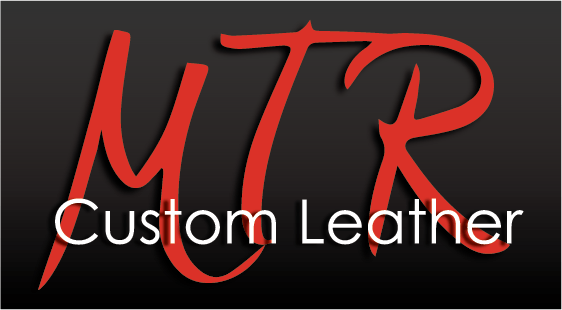
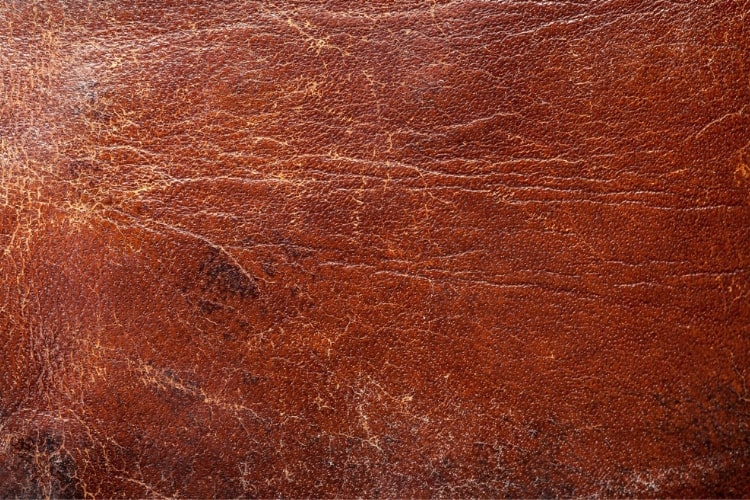
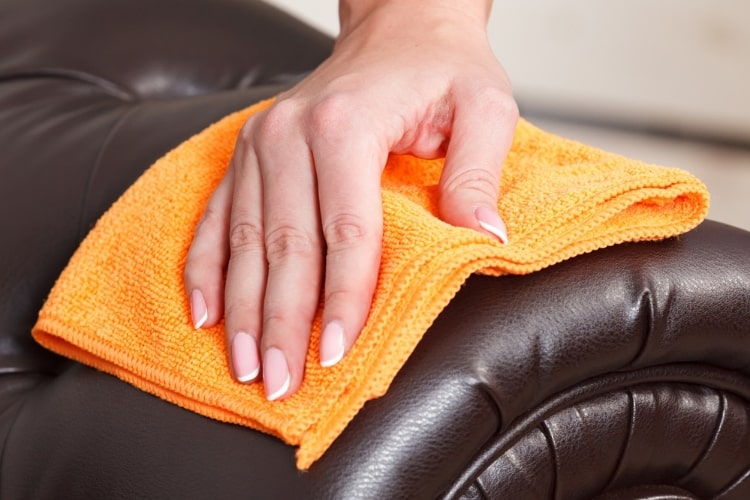
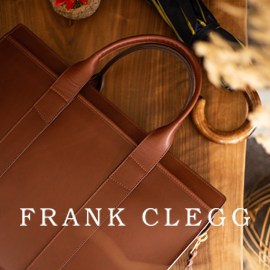
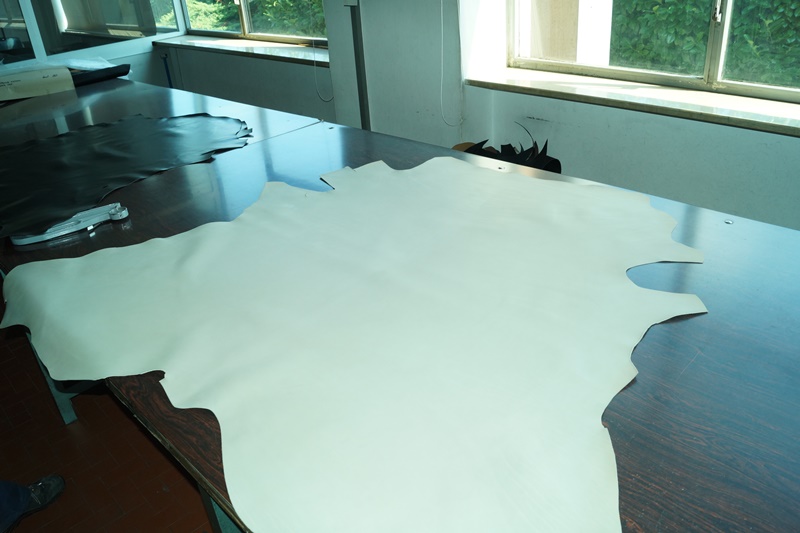
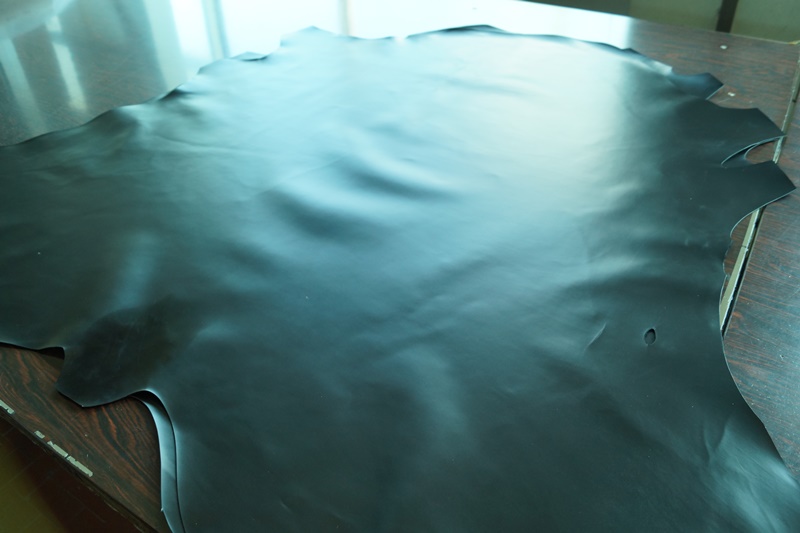
 . Some notable tanneries producing Box calf are Weinheimer for Black calf, Du Puy and Annonay for everything else.
. Some notable tanneries producing Box calf are Weinheimer for Black calf, Du Puy and Annonay for everything else.




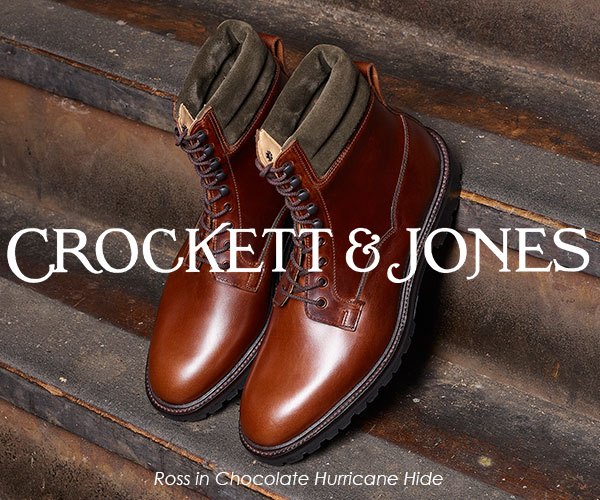

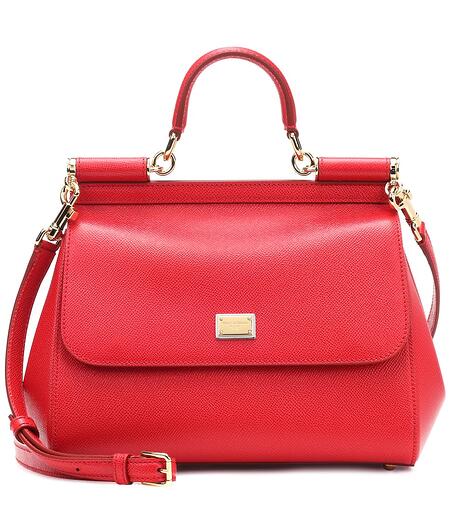
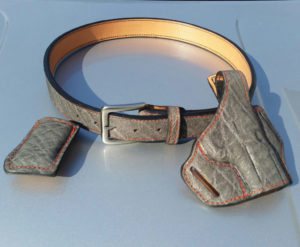
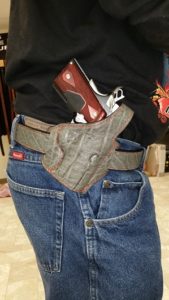
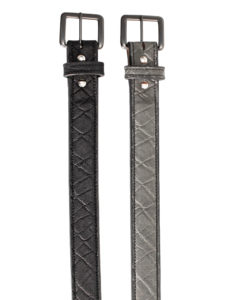
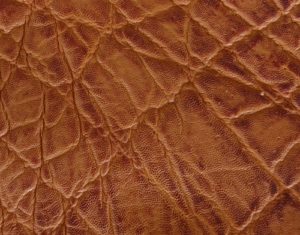
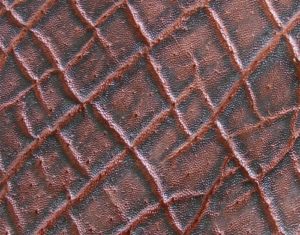
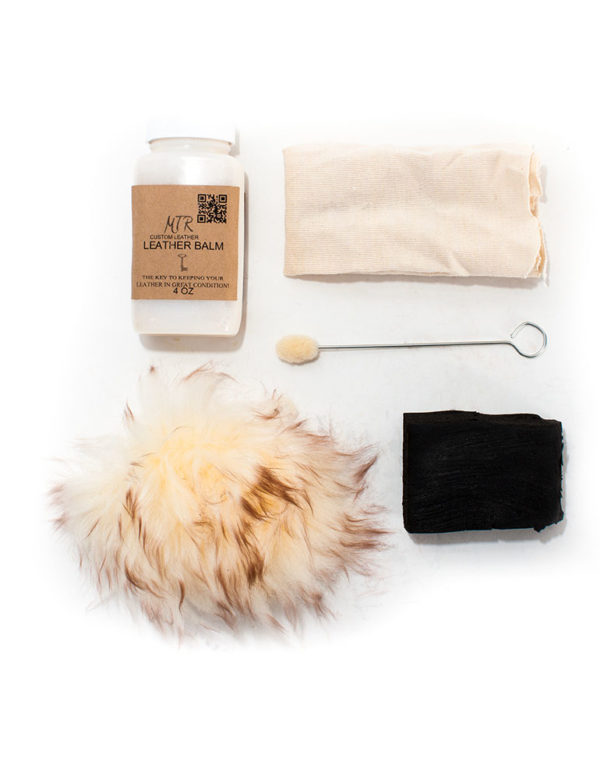
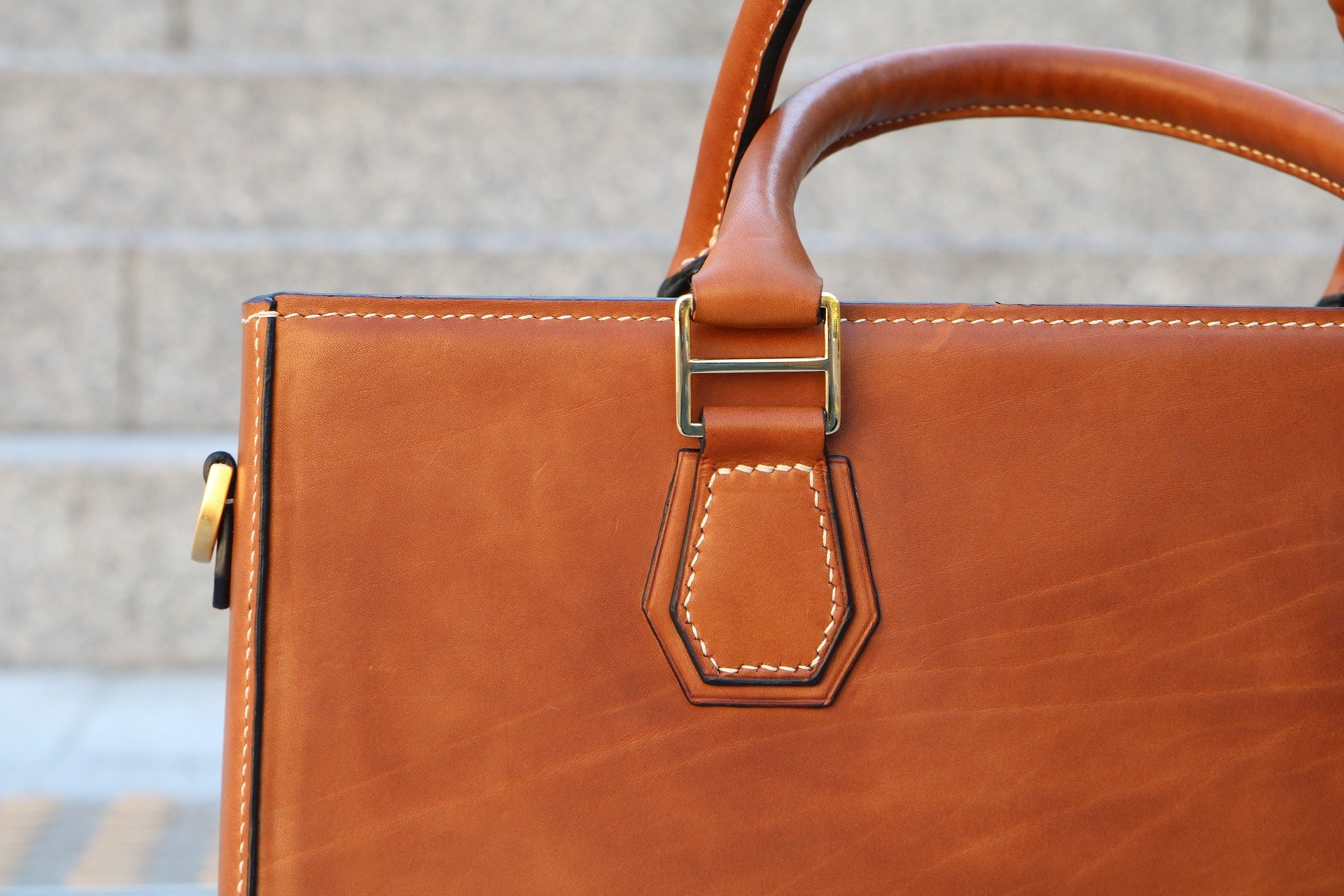
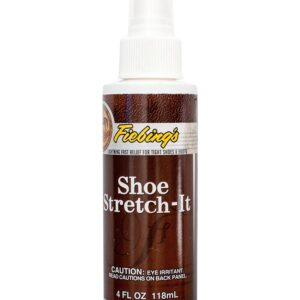
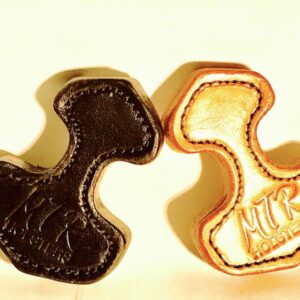
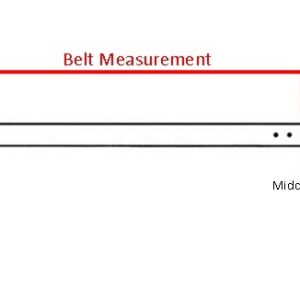
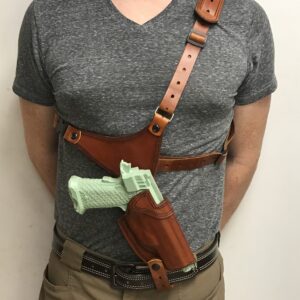
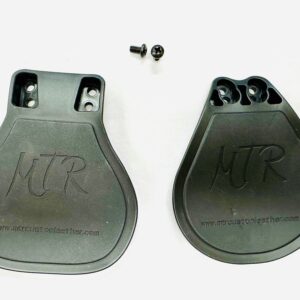
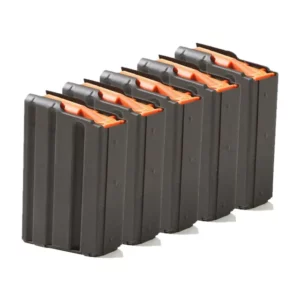
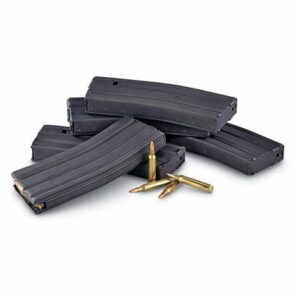
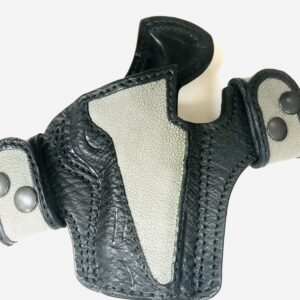
Recent Comments